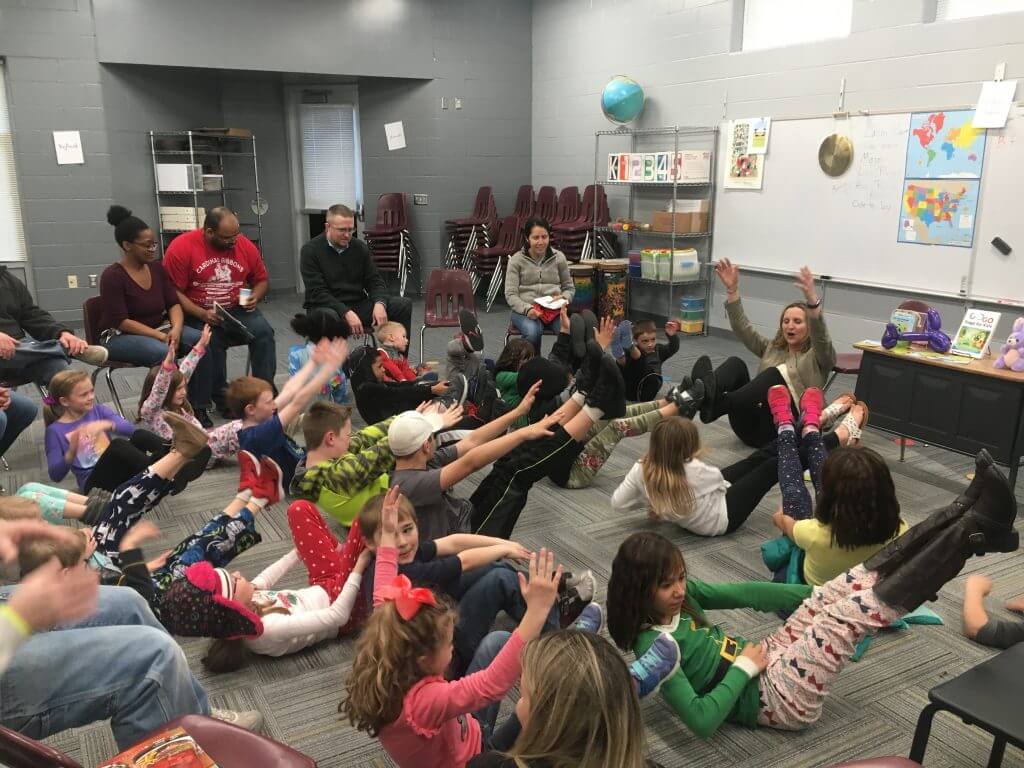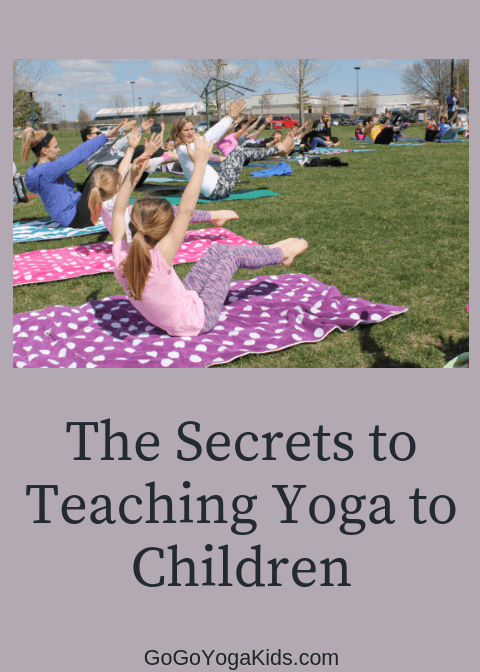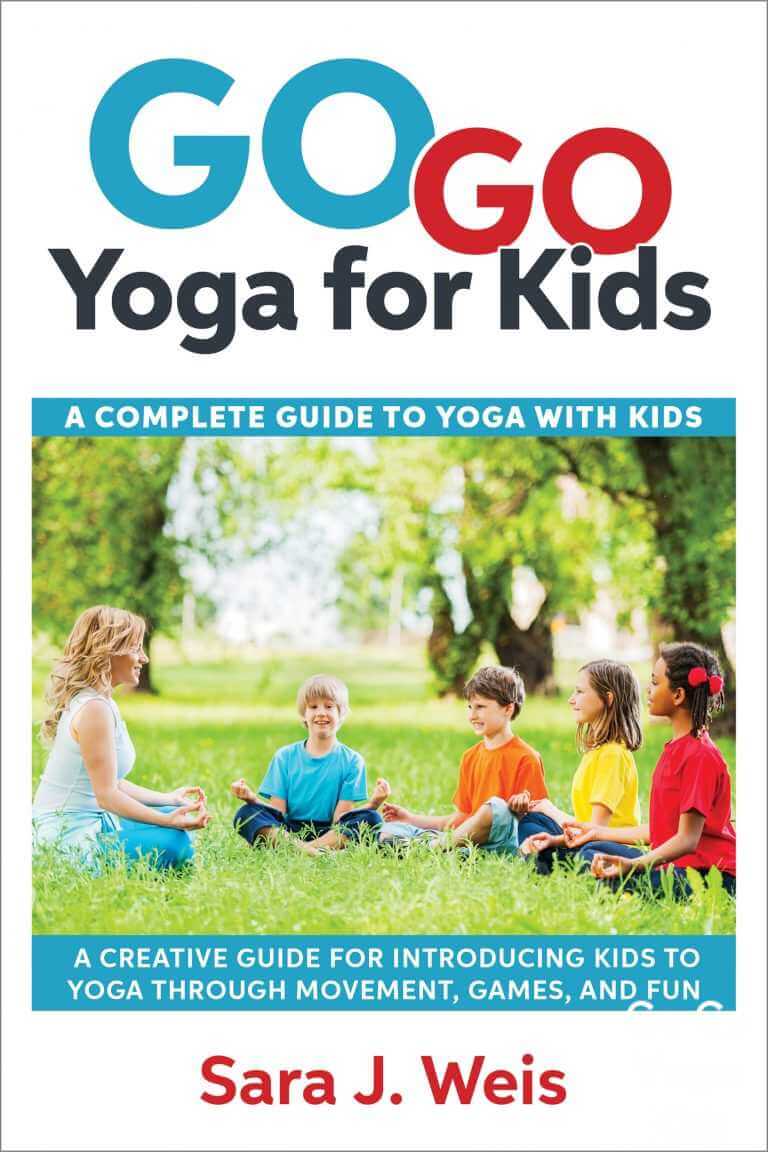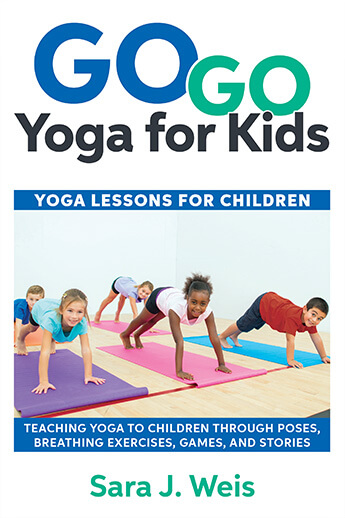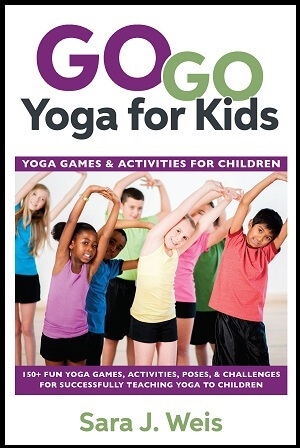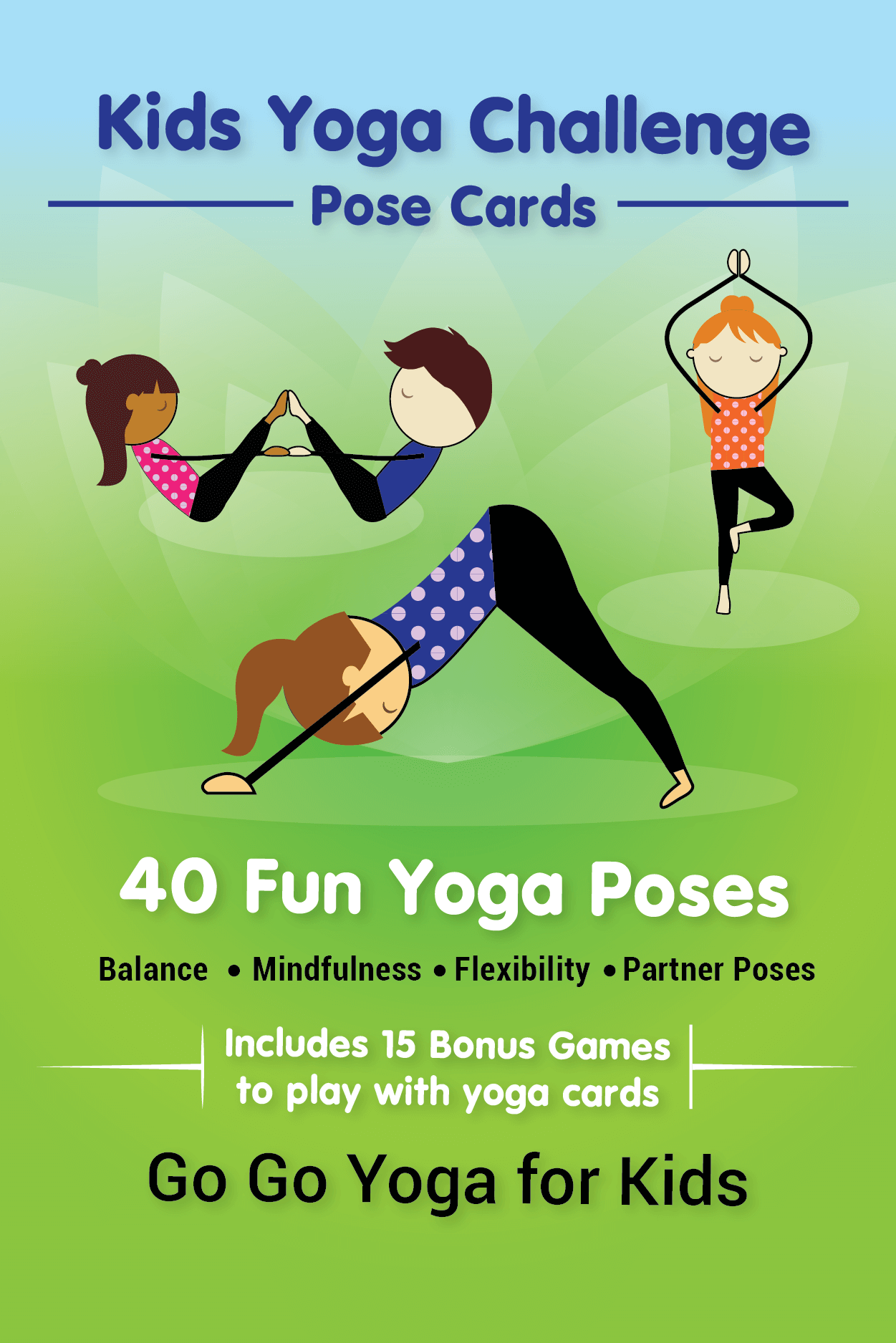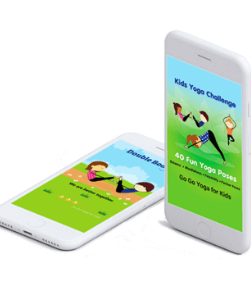After years of research, lesson planning, and teaching thousands of children yoga, I have completely cracked the code on teaching yoga to kids.
Please understand, I am not trying to be overly confident or show off. Believe me it took a long time to get to this place. Lots and lots of time. In the beginning, I would spend hours and hours planning my kids yoga classes before I felt ready to teach it.
For those of you who love going to adult yoga classes, you may be wondering how hard can it be to plan a kids class. It seems like it should be easy enough. Teach the kids some poses, flow them together for a bit and end up in Savasana. That’s all you need, right?
Wrong. Well not, entirely wrong! Kids yoga and adult yoga are similar in the fact that both include learning and practicing poses, and both end with relaxation. That is where the similarities end, though.
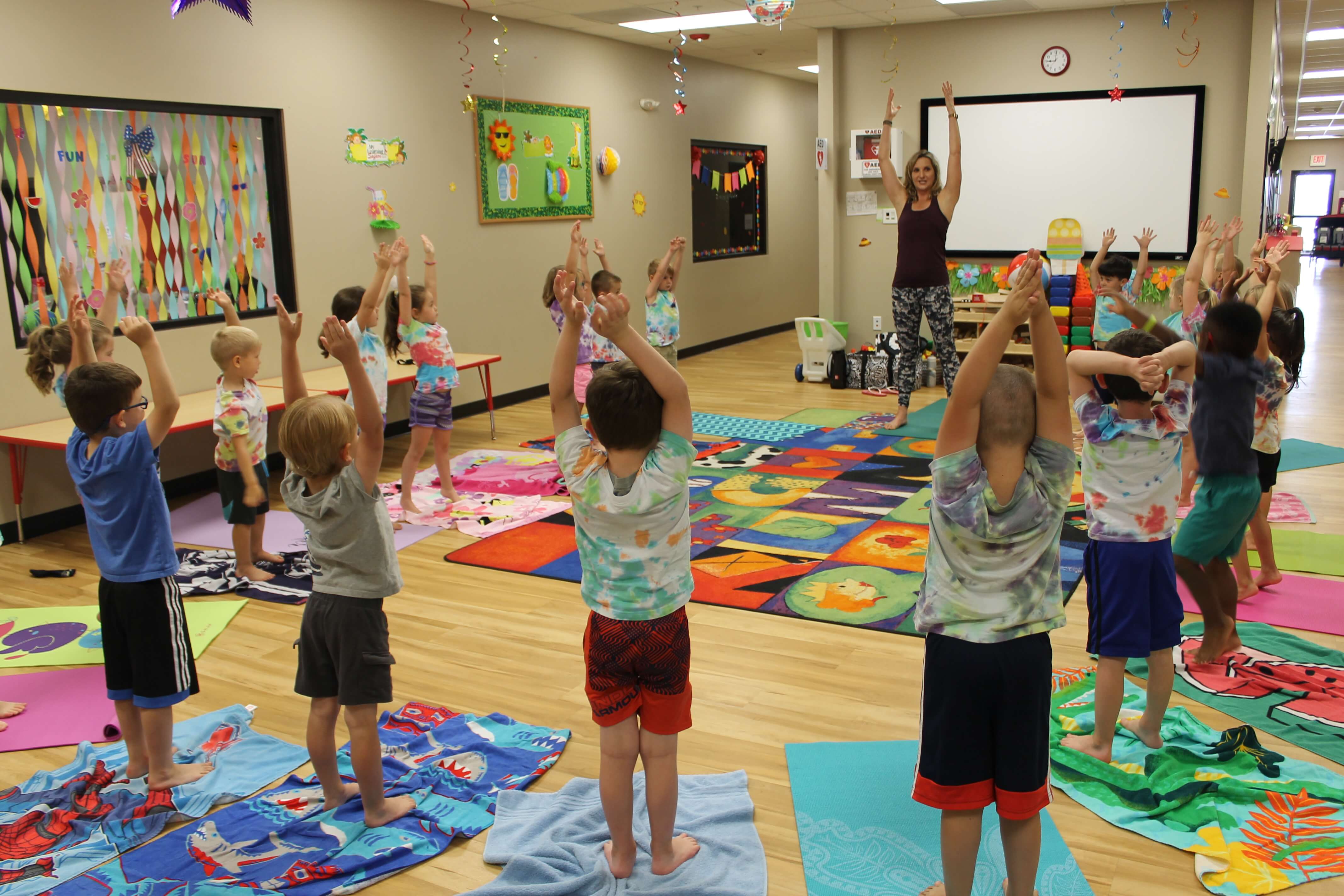
While planning my kids yoga classes, the teacher in me definitely comes through. I absolutely understand the importance of planning and sequencing kids yoga classes so they are appropriately paced, memorable, and kid-friendly. My classroom experience, knowledge of kids, and leading countless kids yoga classes have allowed me to figure out all of the necessary parts of a memorable kids yoga class.
Today I want to share those secrets and lessons learned with you so you will be able confidently to give children the lifelong benefits and fun of yoga.
You may be surprised at some of my findings, but these are success secrets that have worked for me time and time again.
1. Kids Yoga is Different Than Adult Yoga
Children are not mini adults that will follow your every movement in a structured 60-minute vinyasa flow class. They are busy, energetic, and have infinite imaginations and ideas all of their own.
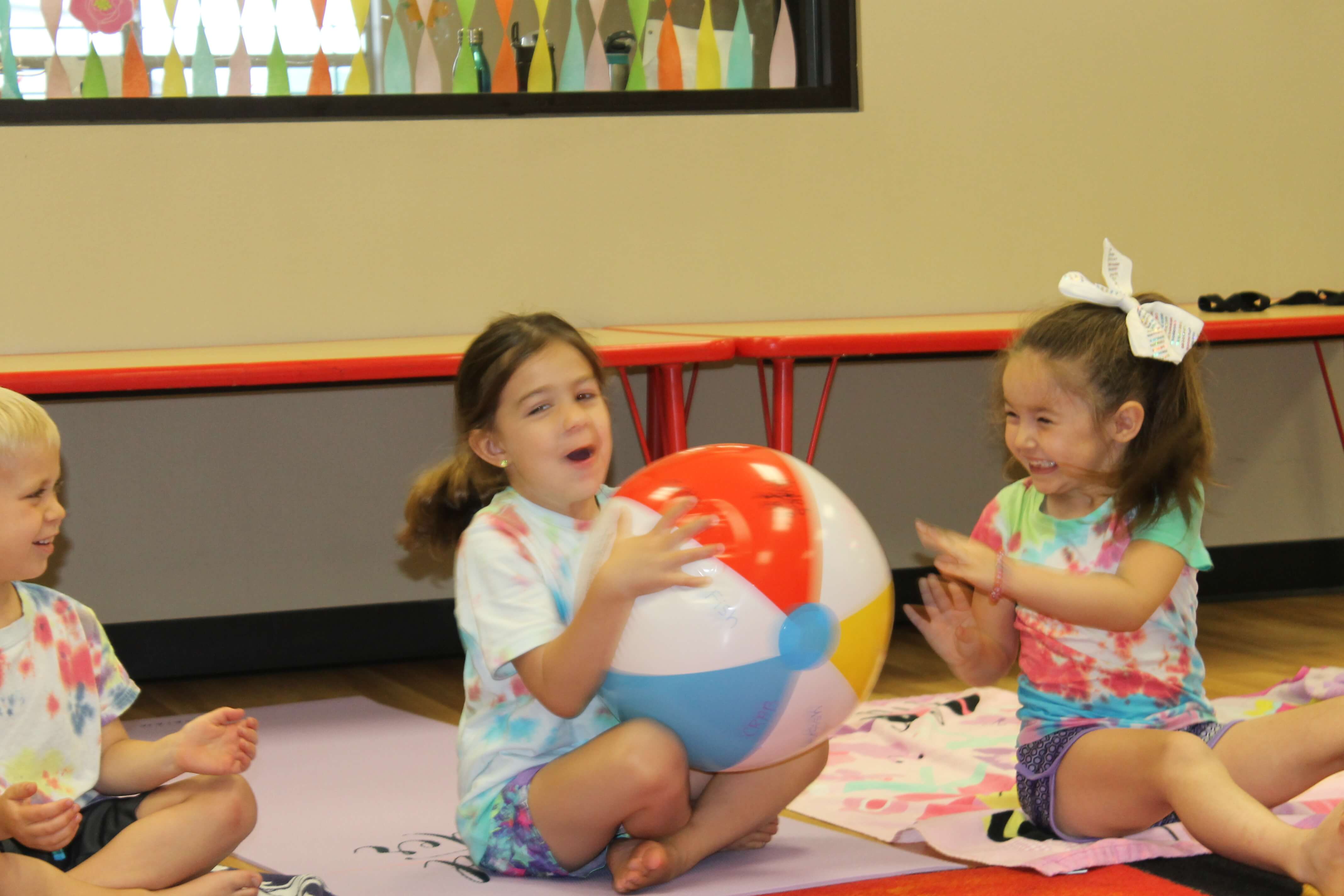
2. Have a Plan, but Be Flexible
Kids yoga classes can be unpredictable, so be ready for anything. Teaching yoga to kids is learning how to live in the moment and demonstrating how to be mindful with yourself and others. That said, there does need to be a plan in place and I am here to help guide you through exactly what to do.
Be prepared, but flexible: This may sound counter-intuitive, but having a lesson plan in place with a theme, related poses, a complementary game, and read-aloud book will send the message that yoga is not a free for all, but something that is important and progressive.
At the same time do not be tied to your lesson plan in a rigid binding way. Kids are not robots. They have energy and varying needs and abilities. Knowing what you want to accomplish with the kids, but being flexible allows for a greater experience for all.
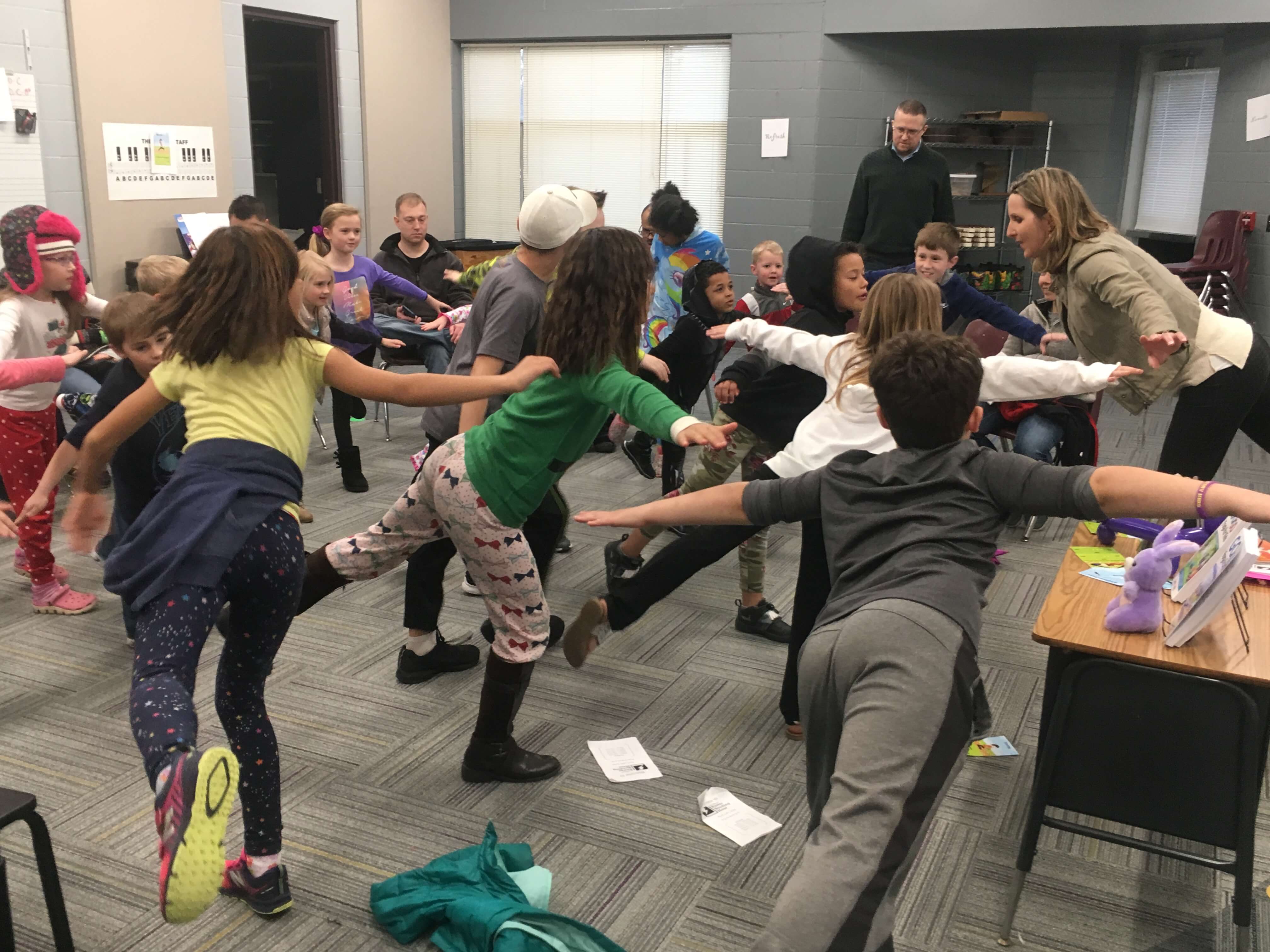
3. Let Go of the Alignment
Yes, it’s true. Your job is to introduce children to yoga in kid-friendly ways. Are they going to care of their left knee is at a perfect 90-degree angle in Warrior 1? No. Demonstrate proper form and ensure their safety, but keep in mind, if children are moving, trying, and having fun; they are learning.
Yoga, after all, is a life long journey. Nobody ever “perfects” yoga. That is why yoga is called a practice. A life long practice.
4. Keep it Moving
End the game on a high note meaning everyone still wants to play. Playing a yoga game over and over again is the surefire way to suddenly have kids that “don’t want to play anymore” or start wandering around and acting up. The recommended Go Go Yoga for Kids amount of time to play a game is 7-10 minutes. Leave them wanting more. I promise the game will be even better received the next class when you announce you are playing it.

5. Join the Fun
If the kids are meowing and mooing from Cat to Cow Pose, be sure you are right there with them. As they practice balancing beanbags on their heads, you better have a bean bag on your head as well. Dancing and skipping around the room? Yep. When kids see you having fun with yoga they will want to have fun with it as well.
You May Also Like:
Teach Yoga and Mindfulness with This One Quick Tip
Why You Should Teach Yoga to Kids
